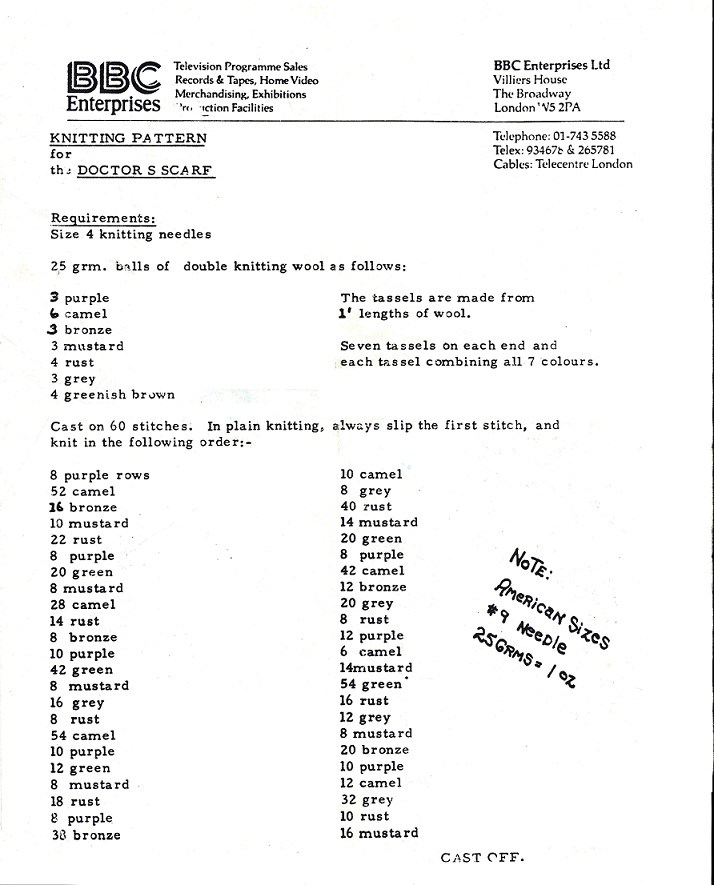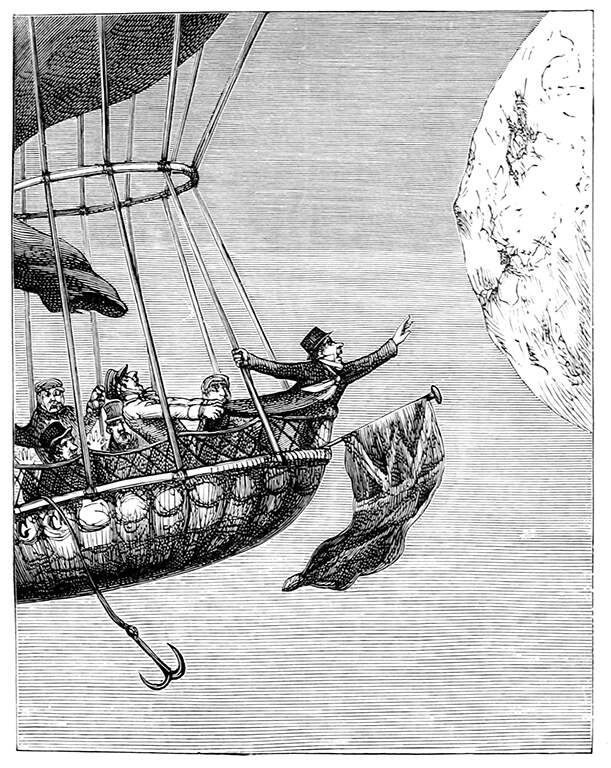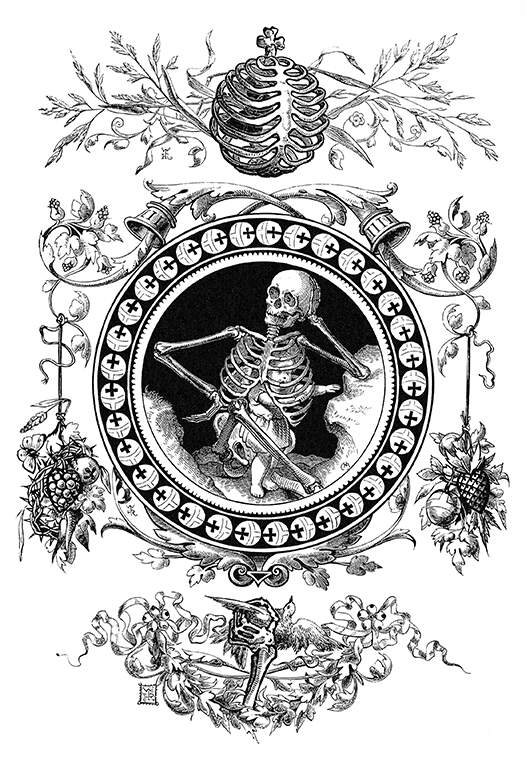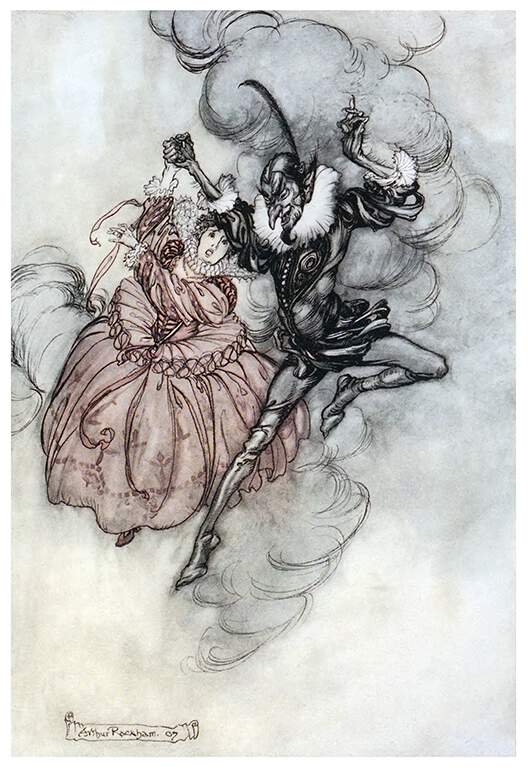There are good reasons to find the onslaught of religious music this time of year objectionable. And yet—though I want to do my part in the War on Christmas—I don’t so much object to the content of Christmas songs. It’s the music! It’s hackneyed and tired and grossly overplayed and a lot of it was never very good to begin with. I’d make the same distinction with any kind of music, religious or otherwise. I grew up in churches full of Christian music, and a lot of it was just terrible: the worst of kind of soft rock or adult contemporary paired with lyrics so insipid they would make the gospel writers—whoever they were—cringe. Updates with the slick production of alt-rock, hip-hop, or pop-country styles have only made things worse. On the other hand, some of the most powerful and moving music I’ve ever heard comes from the church, whether Handel, The Staples Singers, the Louvin Brothers, or so many other classical and gospel artists and composers.
Anyone with a deep affection for Western classical music probably has their share of favorite Christian music, whatever their personal beliefs. So, too, do fans of American folk, blues, and country. Some artists have covered the odd religious tune as part of a broad roots repertoire, like the Byrds’ cover of Bluegrass gospel legends the Louvin Brothers’ cornball “The Christian Life,” above, from 1968’s Sweetheart of the Rodeo. Though Gram Parsons, with the band for the recording of this album, had his traditional leanings, his musical religion was more “Cosmic American” than Christian. But before Parsons joined the band and turned ‘em full country rock for a time, the Byrds recorded another religious song, one of their biggest hits—Pete Seeger’s “Turn, Turn, Turn” (below), which cribs all of its lyrics verbatim from Chapter 3 of the Book of Ecclesiastes (easily the non-religious person’s favorite book of the Bible).
Other American legends have turned to faith in dramatic conversions and have written earnest, original religious music. Most famously, we have the case of Bob Dylan, whose conversion to evangelical Christianity saw him proselytizing from the stage. He also wrote some beautiful songs like “Precious Angel,” at the top of the post, which he claimed was for the woman who brought him to Christianity (and which supposedly contains a dig at his ex-wife Sara for not converting him). Though it features some of the more disturbing lyrical turns Dylan has taken in his career, it’s one of my favorite tunes of his from this strange period, not least because of the brilliant guitar work of Mark Knopfler.
Whatever beliefs he’s claimed over the decades, Dylan’s music has always been religious in some sense, partly because of the American folk traditions he draws on. Almost all of the early R&B and rock and roll artists came from the folk gospel world, from Elvis to Little Richard to Jerry Lee Lewis. Notably, the golden-voiced Sam Cooke got his start as a gospel singer with several vocal groups, including his own The Soul Stirrers. The harmonies in their rendition of gospel classic “Farther Along” (above) give me chills every time I hear it, even though I don’t credit the song’s beliefs.
It’s a common feeling I get with American soul, blues, and country singers who moved in and out of the popular and gospel worlds. Then there are those artists who left gospel for outlaw stardom, then returned to the fold and embraced their church roots later in life. A prime example of this kind of spiritual, and musical, renewal is that of Johnny Cash. There are many sides of gospel Cash. Perhaps the most poignant of his religious recordings come from his final years. Though it suffers from some commercial overuse, Cash’s recording of blues classic “God’s Gonna Cut You Down” (often titled “Run On”), above, is equal parts menacing and haunting, a Christian-themed memento mori that caught on big with lots of secular music fans.
The list of religious music that non-religious people love could go on and on. Though the examples here are explicitly Christian, they certainly don’t have to be. There’s Yusef Islam, formerly Cat Stevens, who came back to record stirring original music after his conversion to Islam, and whose powerful “Morning has Broken” moves believers and non-believers alike. There’s Bob Marley, or any number of popular Rastafarian reggae artists. Then there are more contemporary artists making religious music for largely secular audiences. One could reference indie darling Sufjan Stevens, whose religious beliefs are central to his songwriting. And there’s a favorite of mine, Mark Lanegan, former Screaming Trees singer and current rock and roll journeyman who often works with religious themes and imagery, most notably in the glorious “Revival,” above, with the Soulsavers project.
The love many non-religious people have for some religious music often comes from a religious upbringing, something singer/songwriter Iris Dement discussed in a recent interview on NPR’s Fresh Air. Dement has recorded one of the most moving renditions of a hymn I remember fondly from childhood church days: a powerfully spare version of “Leaning on the Everlasting Arms” from the 2010 True Grit soundtrack. She’s also written what may be one of the best religious songs for secular (or non-religious, or post-religious, whatever…) people. In “Let the Mystery Be,” above, Dement’s agnostic refrain expresses a very sensible attitude, in my view: “But no one knows for certain and so it’s all the same to me / I think I’ll just let the mystery be.”
These are but a few of the religious songs that move this mostly secular person. Whether you’re religious or not, what are some of your favorite religious songs that have broad crossover appeal? Feel free to name your favorites in the comments below.
Related Content:
The Religions of Bob Dylan: From Delivering Evangelical Sermons to Singing Hava Nagila With Harry Dean Stanton
Guitar Stories: Mark Knopfler on the Six Guitars That Shaped His Career
Atheist Ira Glass Believes Christians Get the Short End of the Media Stick
Josh Jones is a writer and musician based in Durham, NC. Follow him at @jdmagness








